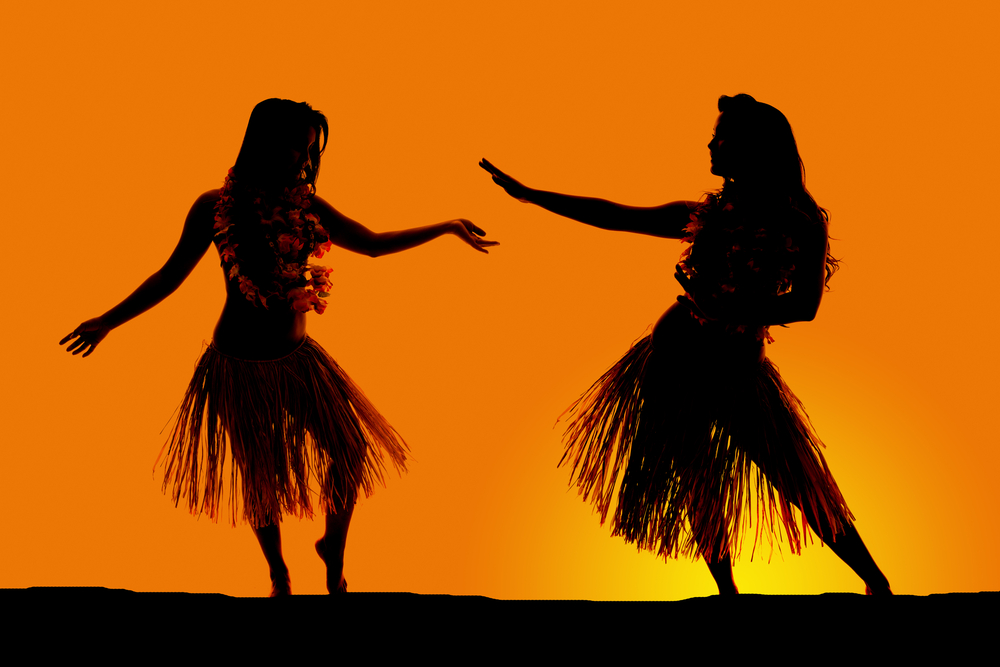Experience Hawaii’s Hula Dancing Contest
Most travelers only experience hula at one of the nightly luaus held at Hawaiian resorts. But to get a deeper insight into the ancient performing art and its significance to Hawaiian culture, head to one of the hula competitions that take place throughout the islands.
The Olympics of hula is the annual Merrie Monarch competition, held the week after Easter in Hilo, on Hawaii Island. It draws thousands of spectators (good luck getting tickets!) and the best hula dancers from 20-plus halau(hula schools) around the state and the continental United States.
But one of the most inspiring and intimate hula contests is Hula O Na Keiki, which takes place annually on Maui and features only young dancers ages 5-17. Marking its 28th year in 2018, Hula O Na Keiki is unique among hula contests in that it focuses on children’s solo performances. This year’s competition, which took place November 9-10 at Kaanapali Beach Hotel, featured 10 dancers, five judges, and nine participating halau.
For participants, it’s a culmination of months of hard work (and deferred Xbox time) and a deep dive into Hawaiian—specifically Maui’s—history and lore. For festivalgoers, it’s a more meaningful introduction to the tradition and meanings of the sacred dance.
“A saying that encourages me is ‘hula is the heartbeat of the Hawaiian people,’” says 2017 participant Alyssa-Lauren Lim-Ryder, 12, quoting King David Kalakaua, the last monarch of Hawaii, who ruled from 1874 to 1891. “I dance hula for inspiration and to learn about our culture,” she says.
Here’s what to know when watching a hula competition:
Dances are divided into two categories, kahiko (ancient) and auana(contemporary). Kahiko is accompanied by traditional percussion instruments such as gourd drums. Auana features more modern instruments such as the ukulele and guitar. Both types of hula tell a story or describe an emotion or place. Dancers convey this story through the dance and through a Hawaiian chant called an oli.
What makes a dancer stand out? “In Hula O Na Keiki, I particularly look for the passion that the individual dancers present from the interview segment to the onstage performance,” says judge Kamakaokalani Herrod.
“When the dancer is on the stage we are looking to see how the interpretation of the hula brings the mele (story) to life,” says judge Ulalia Woodside. “We look at the hand, foot, and body movements. Is the dancer bringing the mele to life in their expressions?”
Movements need to be as precise as a bolt of Hawaiian sunlight but as soft as a tropical breeze and as undulating as an ocean wave.
After all, as Woodside says, “Hula is our expression of love for our islands.”

